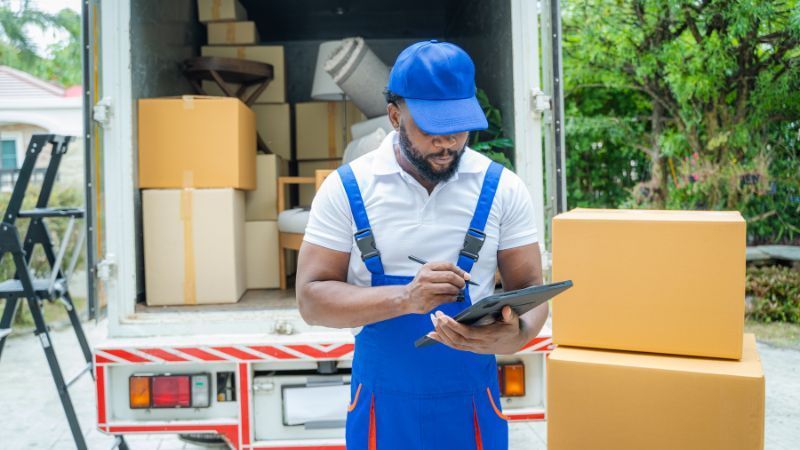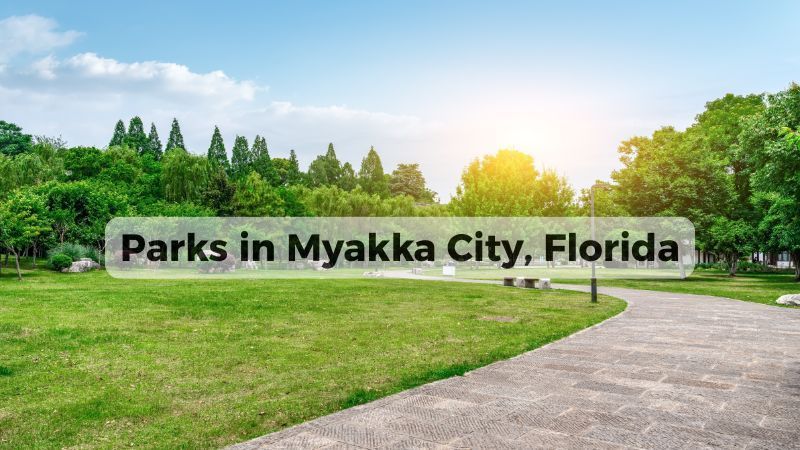Expert Tips for Long Distance Relocation


Whether you’re moving across the state or to a different coast, preparing for a long distance move can seem daunting. At Master Movers, a moving company located in Venice, FL, we understand the complexities involved in such a move. This guide is meticulously designed to provide you with comprehensive insights and practical advice, ensuring your relocation process is as smooth as possible.
Planning Your Long Distance Move
A long distance move is typically defined as moving more than 100 miles away from your current residence, or moving to a different state. This type of move requires more planning and coordination than a local move due to the greater distances and additional logistics involved.
Key differences between local and long distance moving include:
- Logistics and planning: Long distance moves require more meticulous planning about transportation routes, timing, and methods.
- Cost: Typically, these moves are more expensive due to the distance traveled and the need for more comprehensive services.
- Regulations: Interstate moves are regulated by different laws and standards, including those set by the Federal Motor Carrier Safety Administration (FMCSA).
Initial Preparation Steps
When preparing for a long distance move, the initial steps are crucial in setting the stage for a successful transition. Start by crafting a detailed moving timeline that outlines all critical tasks leading up to, during, and after the move. This timeline not only helps keep the move on track but also aids in managing stress.
Developing a realistic moving budget is equally vital. Consider all potential costs, including:
- Moving company fees
- Packing supplies
- Travel expenses
- Storage services, if needed
- Contingency funds for unexpected expenses
Choosing the Right Long Distance Moving Company
Selecting a competent and trustworthy moving company is paramount. Here’s how you can make an informed decision:
- Research Potential Movers:
- Check for licenses and registrations, particularly a USDOT number if moving interstate.
- Read customer reviews and testimonials to gauge reliability and quality of service.
- Verify Credentials and Certifications:
- Ensure the moving company is properly insured.
- Look for affiliations with reputable organizations.
- Get Multiple Quotes:
- Request detailed quotes from at least three different companies.
- Compare pricing, services included, and cancellation policies.
Inventory Preparation
Creating an inventory of all your possessions can significantly impact the success of your long distance or residential move. An inventory helps you:
- Track your items throughout the move
- Simplify the unpacking process
- Provide documentation in case of loss or damage
Tools and Apps to Assist with Inventory Management:
- Sortly: This app provides an intuitive way to organize belongings through photos and tags.
- Magic Home Inventory: Ideal for managing multiple properties or for detailed records of your home’s contents.
Packing Strategies for Long Distance Moves
Efficient Packing Techniques
Smart packing for a long distance move requires careful consideration and strategy to ensure that all your belongings reach your new home safely, despite the long journey they must endure.
Here are some effective packing tips:
- Use high-quality packing materials: Opt for sturdy boxes, heavy-duty packing tape, and bubble wrap. It's crucial to use materials that can withstand the rigors of a long-distance move.
- Pack room by room: This approach minimizes confusion and helps to keep items from the same room together, simplifying unpacking.
- Heavier items go on the bottom: When packing boxes, place heavier items at the bottom and lighter items on top to prevent damage.
Specialty Items Handling
Certain items such as antiques, fine art, and electronics require special attention during long distance moves because of their fragility or value.
Guidelines for packing fragile items:
- Wrap individually: Use bubble wrap or packing paper to wrap each fragile item separately.
- Secure with padding: Fill any voids in the boxes with additional padding such as packing peanuts or crumpled paper.
- Label clearly: Mark these boxes with "Fragile" and "This Side Up" to notify handlers of the care needed during transportation.
Precautions for large or unusual items:
- Disassemble furniture: Remove legs from tables, take apart bed frames, and remove cushions from couches. This not only makes it easier to pack but also protects the items.
- Use custom crating: For extremely valuable or unusually shaped items, consider custom crating a personalized protective case built specifically for your item.
Organizing and Labeling
Proper organization and labeling are pivotal, especially when unpacking after a long distance move.
Best practices for labeling boxes include:
- Use a numbering system: Assign each box a number and maintain a spreadsheet listing each box's contents along with its corresponding number.
- Color-code by room: Designate a color for each room and use colored stickers or markers to label boxes accordingly. This makes it easier to sort boxes on arrival.
Strategies to keep track of your belongings:
- Photograph box contents: Before sealing each box, take a photograph of its contents for easy reference when you need to find specific items quickly.
- Detailed labeling: Apart from the room, include a brief description of contents on each box’s label.
Managing Moving Day
Final Preparations and Checklists
The actual day of your move can be hectic. To ensure it goes as smoothly as possible, it's important to have a comprehensive checklist and finish all final preparations before the moving truck arrives.
Here’s a crucial last-minute checklist:
- Confirm details with movers: Double-check arrival times, ensure your movers have the correct address, and confirm contact information.
- Prepare essentials bag: Pack a bag with items you'll need immediate access to, such as medications, chargers, snacks, and important documents.
- Protect high-traffic areas: Use floor runners or old rugs to protect flooring and minimize clean-up in both your old and new home.
- Take meter readings: Record the final readings for utilities at your old house before you leave.
Working With Your Movers
Building a good rapport with your moving crew can facilitate a smoother move. Clear communication and understanding each party's responsibilities can prevent misunderstandings.
Tips for a smooth cooperation with your moving team:
- Provide clear instructions: Make sure your movers know what you need, including which boxes are fragile, which items are priority, and how you’d like the truck packed.
- Stay available for questions: Be on-hand or reachable by phone to answer any queries your movers might have as they work.
- Keep important papers handy: Have all contracts, inventory lists, and payment confirmations accessible for quick reference.
Security Measures to Protect Your Belongings
Securing your belongings during the transition is vital. While professional movers generally offer insurance, taking additional security measures doesn't hurt.
- Use tamper-evident seals: These can be placed on boxes containing valuable items.
- Document all items: Keep a photo inventory of all items being moved, especially those of high value.
Settling into Your New Home
Post-Move Essentials
Once the truck pulls away and you're standing in your new home surrounded by boxes, knowing what to tackle first can help alleviate some of the overwhelming feelings. Here’s how to start unpacking and setting up your new place efficiently:
- Unpack essentials first: Begin with the essentials box you prepared for immediate needs; this typically includes toiletries, basic kitchenware, and bedding.
- Set up key rooms: Prioritize setting up the kitchen, bathroom, and bedroom. Having these functional can greatly increase comfort during your first days in the new home.
- Check utilities: Make sure all utilities are working correctly, including water, gas, electricity, and internet.
Acclimating to a New Environment
Moving into a new area means adjusting to a new community, finding new favorite spots, and generally settling into a new routine.
- Explore the neighborhood: Familiarize yourself with the area. Locate essential services such as grocery stores, pharmacies, hospitals, and public transportation.
- Meet the neighbors: Introduce yourself to your neighbors. They can be valuable resources for local information and may become good friends.
- Register for local services: If you’ve moved to a new city or state, remember to register your car, update your driver’s license, and locate necessary municipal offices.
Addressing Common Concerns and FAQs
Overcoming Challenges of Long Distance Moving
Long distance moves are inherently challenging due to the distances involved and the amount of change they bring. Here are a few tips for handling common issues:
- Manage stress effectively: Keep a positive mindset, practice relaxation techniques, and don’t hesitate to ask for help when needed.
- Expect some hiccups: Moving isn’t always smooth. Be prepared for minor issues and have a plan for dealing with them.
FAQs about Long Distance Moving
- How long does a long distance move usually take?
- Depending on the distance and involved logistics, it can take from a couple of days to a week.
- What is the best way to reduce moving costs?
- Declutter before you pack, choose a cost-effective moving time, and compare multiple moving quotes.
- Should I opt for moving insurance?
- Yes, given the risks associated with long journeys, moving insurance provides peace of mind by covering potential losses or damages.
Additional Resources and Tools
Useful Moving Apps and Websites
- Sortly: This app helps you organize your move by cataloging items according to boxes.
- Move Advisor: It offers tools like a moving timeline and a home inventory checklist.
Contact Information for Assistance
During such a pivotal time, knowing where to turn for help can be a huge relief. At
Master Movers, we offer tailored services to ease your long distance relocation. From packing to transportation, we cover all aspects of your move. For detailed information or if you need immediate assistance, contact us through our website or at our office in Sarasota. We’re here to make your long distance move as seamless and stress-free as possible.
Our Latest Blog





